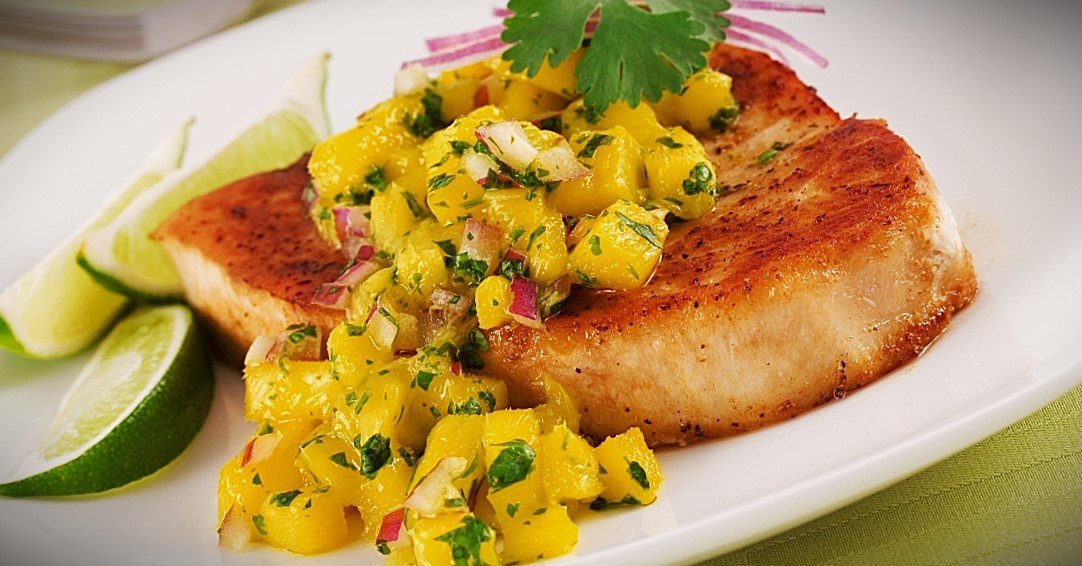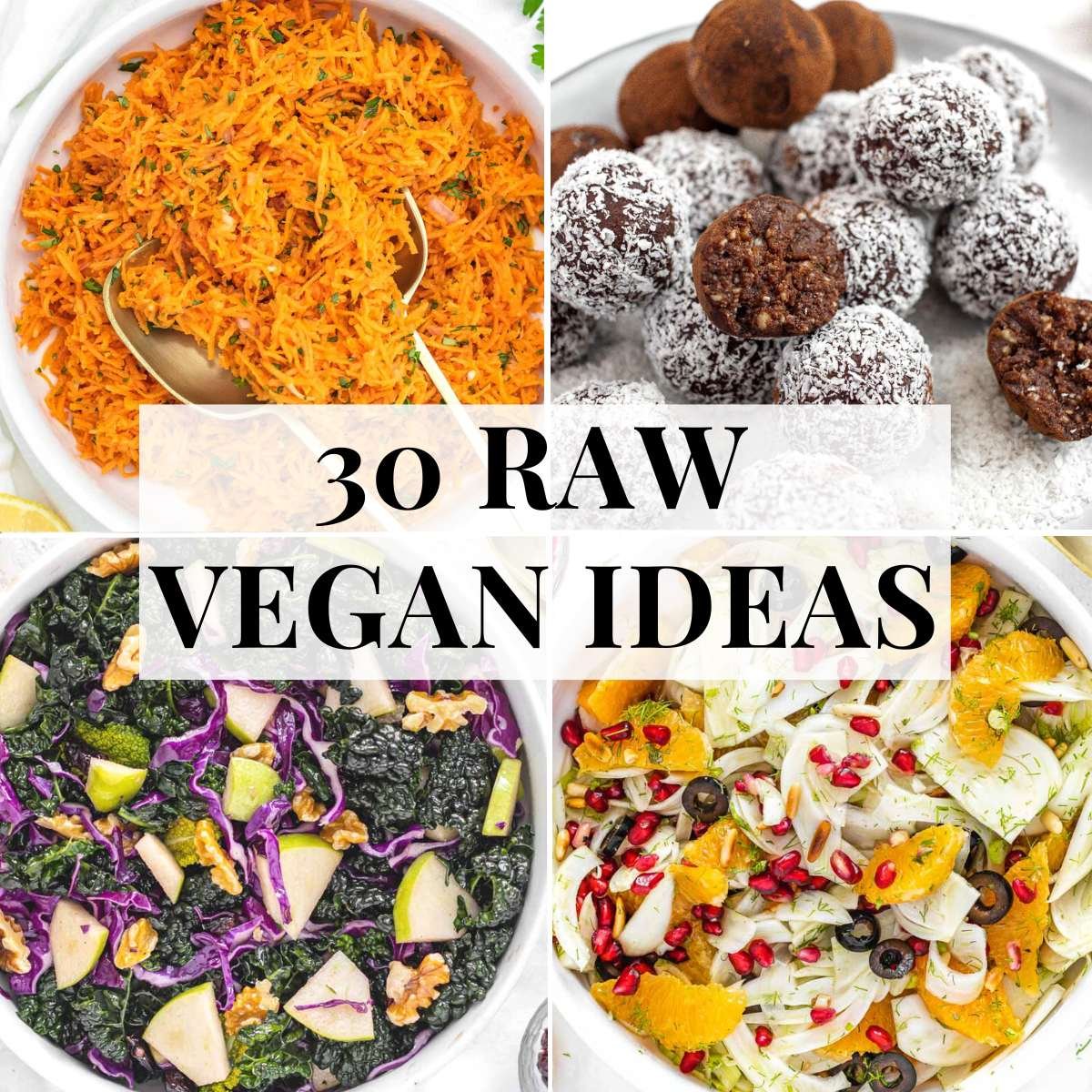Vegetarian Raw Food Recipes: Nourishing, Flavorful, and Wholesome Ideas
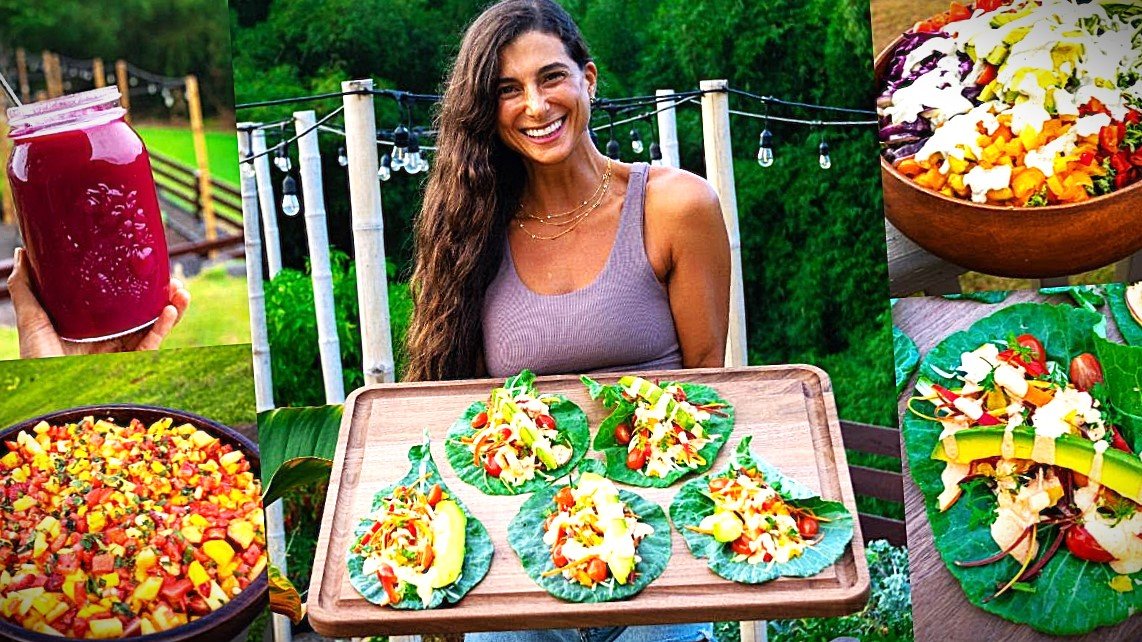
Introduction
In recent years, more people have started embracing plant-based diets, Vegetarian, and with that shift comes a surge of interest in raw food cuisine. For those who want meals that are nutrient-dense, vibrant, and minimally processed, vegetarian raw food recipes are an excellent choice. Raw food diets focus on fresh fruits, vegetables, nuts, seeds, sprouted grains, and natural seasonings—all prepared without cooking above a certain temperature (usually 104–118°F or 40–48°C).
But make no mistake—this isn’t about eating plain salads all day. Vegetarian raw food recipes can be creative, satisfying, and gourmet-worthy. From zucchini pasta with creamy cashew Alfredo to raw chocolate truffles and refreshing smoothies, there are endless possibilities to explore.
In this article, we’ll dive deep into the world of vegetarian raw food: what it is, its benefits, essential ingredients, and a wide selection of recipes that prove you don’t need an oven to create delicious, nourishing meals.
What Is a Vegetarian Raw Food Diet?
The vegetarian raw food diet is a lifestyle centered on consuming uncooked, unprocessed plant-based foods. Unlike vegan raw diets, which exclude all animal products, vegetarian raw food diets may allow honey or fermented dairy in some variations, but most recipes focus entirely on plants.
Core principles include:
- Eating mostly fruits, vegetables, nuts, seeds, sprouts, and herbs.
- Using food preparation techniques like blending, juicing, sprouting, soaking, and dehydrating.
- Avoiding refined sugars, oils, and processed ingredients.
This approach is designed to maximize nutrient retention, as cooking can sometimes reduce the vitamin and enzyme content in foods.
Benefits of Vegetarian Raw Food Recipes
Choosing vegetarian raw food recipes can support both your health and the planet. Some potential benefits include:
- High Nutrient Density – Raw fruits and vegetables are rich in vitamins, minerals, antioxidants, and enzymes.
- Improved Digestion – Enzyme-rich foods may support better digestion and gut health.
- Weight Management – Many raw foods are naturally low in calories while being filling.
- Clearer Skin and More Energy – Many people report glowing skin and increased vitality when eating raw.
- Sustainability – A raw vegetarian diet reduces energy use from cooking and typically emphasizes local, fresh produce.
Essential Ingredients for Raw Food Recipes
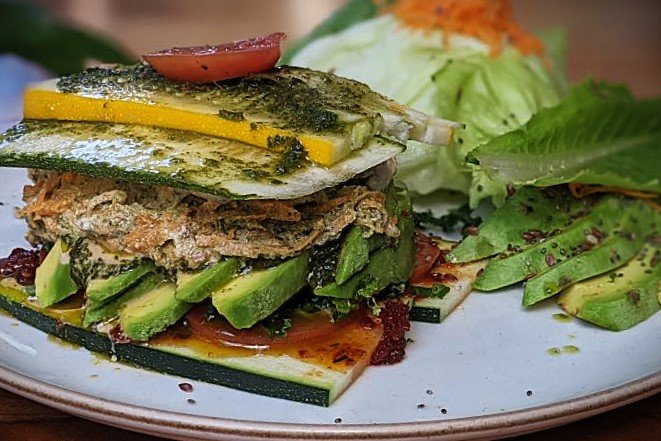
To prepare delicious vegetarian raw food recipes, you’ll want to stock up on a few staple ingredients:
- Fresh produce: Leafy greens, zucchini, cucumbers, carrots, avocados, bell peppers, tomatoes, berries, bananas, mangoes.
- Sprouts: Alfalfa, mung bean, lentil, and broccoli sprouts add crunch and nutrition.
- Natural sweeteners: Dates, figs, raw honey (if permitted), agave nectar, coconut sugar.
- Herbs and spices: Fresh basil, cilantro, dill, ginger, turmeric, garlic.
- Superfoods: Spirulina, cacao, maca powder, hemp seeds.
Tools for Preparing Raw Food
While you don’t need fancy gadgets, a few tools make it easier to create raw recipes:
- High-speed blender (for smoothies, sauces, desserts)
- Food processor (for dips, raw cakes, nut-based cheeses)
- Spiralizer (for vegetable noodles)
- Dehydrator (optional, for raw crackers, bread, and chips)
- Mason jars (for sprouting and storage)
Easy Vegetarian Raw Food Recipes
1. Raw Zucchini Noodles with Cashew Alfredo
Ingredients:
- 2 zucchinis, spiralized
- 1 cup cashews (soaked overnight)
- 1 garlic clove
- Juice of 1 lemon
- ½ cup water
- 2 tbsp nutritional yeast
- Salt and pepper
Instructions:
- Blend soaked cashews, garlic, lemon juice, water, and nutritional yeast until creamy.
- Toss with zucchini noodles.
- Top with fresh basil or cherry tomatoes.
2. Raw Veggie Wraps with Avocado Dressing
Ingredients:
- Collard greens or large lettuce leaves
- Shredded carrots, bell peppers, cucumber, sprouts
- 1 avocado
- 2 tbsp lemon juice
- Salt and pepper
Instructions:
- Mash avocado with lemon juice, salt, and pepper.
- Spread dressing on a collard leaf.
- Add veggies and roll into a wrap.
3. Raw Energy Balls
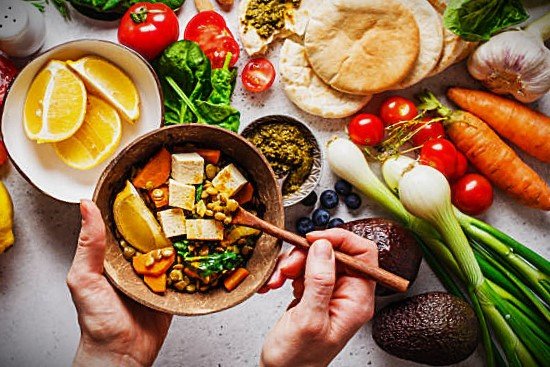
Ingredients:
- 1 cup dates (pitted)
- ½ cup almonds
- ½ cup walnuts
- 2 tbsp raw cacao powder
- 1 tbsp chia seeds
Instructions:
- Roll into bite-sized balls.
- Chill before serving.
4. Raw Rainbow Salad with Tahini Dressing
Ingredients:
- Mixed greens
- Red cabbage, shredded
- Carrots, grated
- Bell peppers, sliced
- Sprouts
Tahini Dressing:
- 2 tbsp tahini
- Juice of 1 lemon
- 1 garlic clove, minced
- Water to thin
Instructions:
- Combine vegetables in a bowl.
- Whisk tahini dressing and drizzle on top.
5. Raw Banana “Ice Cream”
Ingredients:
- 3 frozen bananas
- 2 tbsp almond butter
- 1 tsp cinnamon
Instructions:
- Blend frozen bananas until creamy.
- Add almond butter and cinnamon.
- Serve immediately as a healthy dessert.
More Creative Vegetarian Raw Food Recipes
Raw Sushi Rolls
Use nori sheets, julienned veggies, avocado, and sprouts, with a raw cashew dipping sauce.
Raw Lasagna
Layer zucchini slices with cashew cheese, marinara (blended tomatoes, sun-dried tomatoes, garlic), and fresh basil.
Raw Pad Thai
Shredded carrots and zucchini noodles tossed in almond butter-lime sauce, topped with peanuts and cilantro.
Raw Cheesecake
A crust made of almonds and dates, filled with blended cashews, coconut oil, lemon, and agave, chilled until firm.
Raw Chocolate Pudding
Blend avocados with cacao powder, dates, and almond milk for a creamy, rich dessert.
Meal Planning with Vegetarian Raw Food Recipes
A balanced raw vegetarian menu can look like this:
- Breakfast: Smoothie bowl with bananas, berries, chia seeds, and almond butter.
- Snack: Raw energy balls or a fruit platter.
- Dinner: Raw lasagna with raw sushi rolls.
- Dessert: Banana ice cream or raw cheesecake.
Meal prepping raw foods is often quicker since there’s no cooking involved—just chopping, blending, and assembling.
Tips for Success on a Raw Vegetarian Diet
- Experiment with different seasonings and sauces to avoid boredom.
- Stay hydrated with smoothies, infused water, and fresh juices.
- Use seasonal produce for freshness and cost savings.
Nutritional Considerations
While vegetarian raw food recipes are nutrient-dense, balance is key. Potential gaps can include vitamin B12, vitamin D, and protein variety. To ensure a well-rounded diet:
- Incorporate nuts, seeds, and sprouted legumes for protein.
- Consider supplements if needed.
Conclusion
Eating raw doesn’t have to mean bland or restrictive. With the right ingredients, tools, and creativity, vegetarian raw food recipes can be exciting, nourishing, and deeply satisfying. From creamy cashew-based pastas to refreshing fruit-based desserts, the possibilities are endless.
Whether you’re trying a full raw lifestyle or simply adding more raw meals into your routine, the benefits—better energy, nutrient-rich meals, and culinary creativity—are worth it. Start small, explore new recipes, and enjoy the vibrant world of raw vegetarian cuisine one delicious bite at a time.




